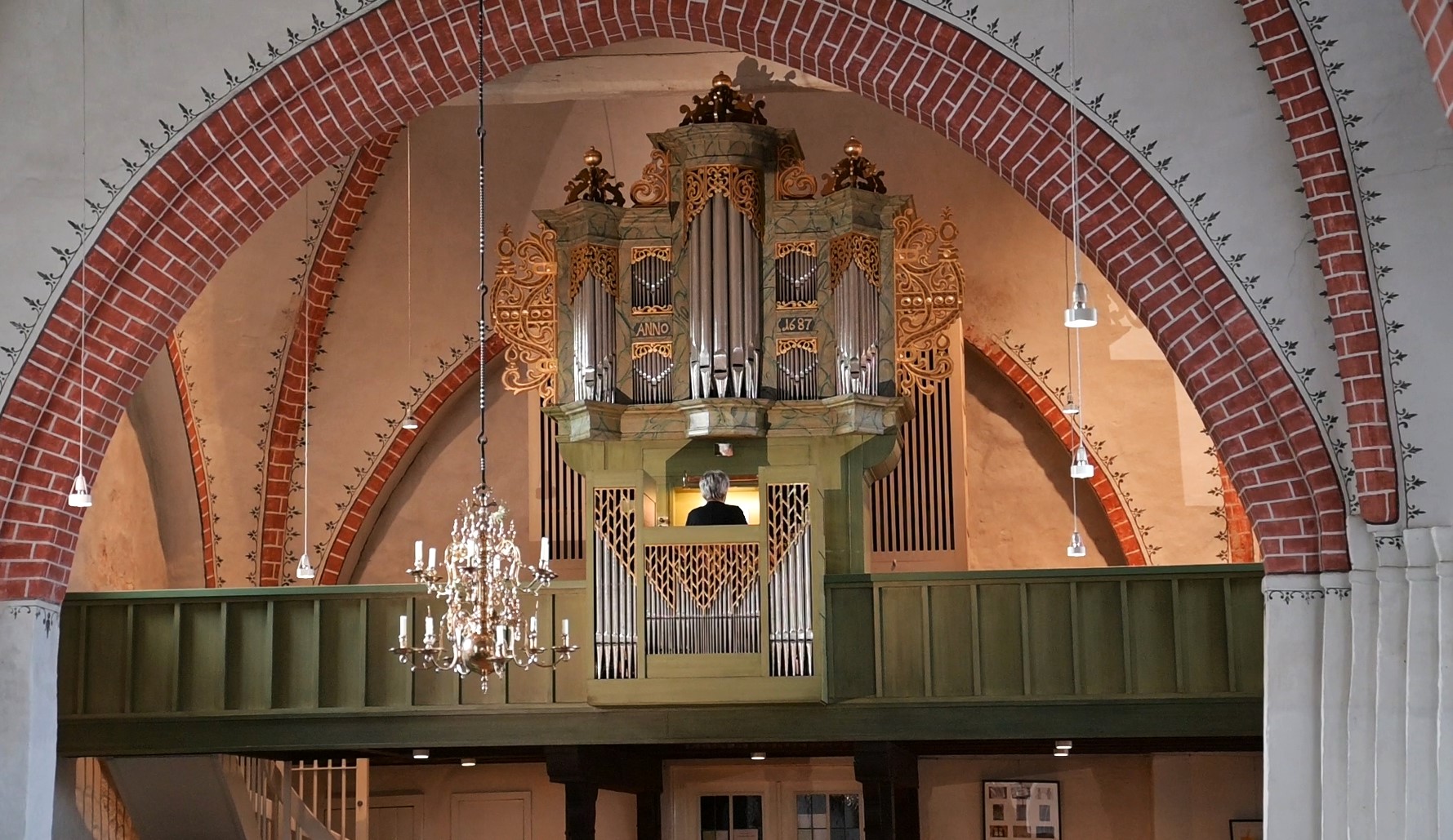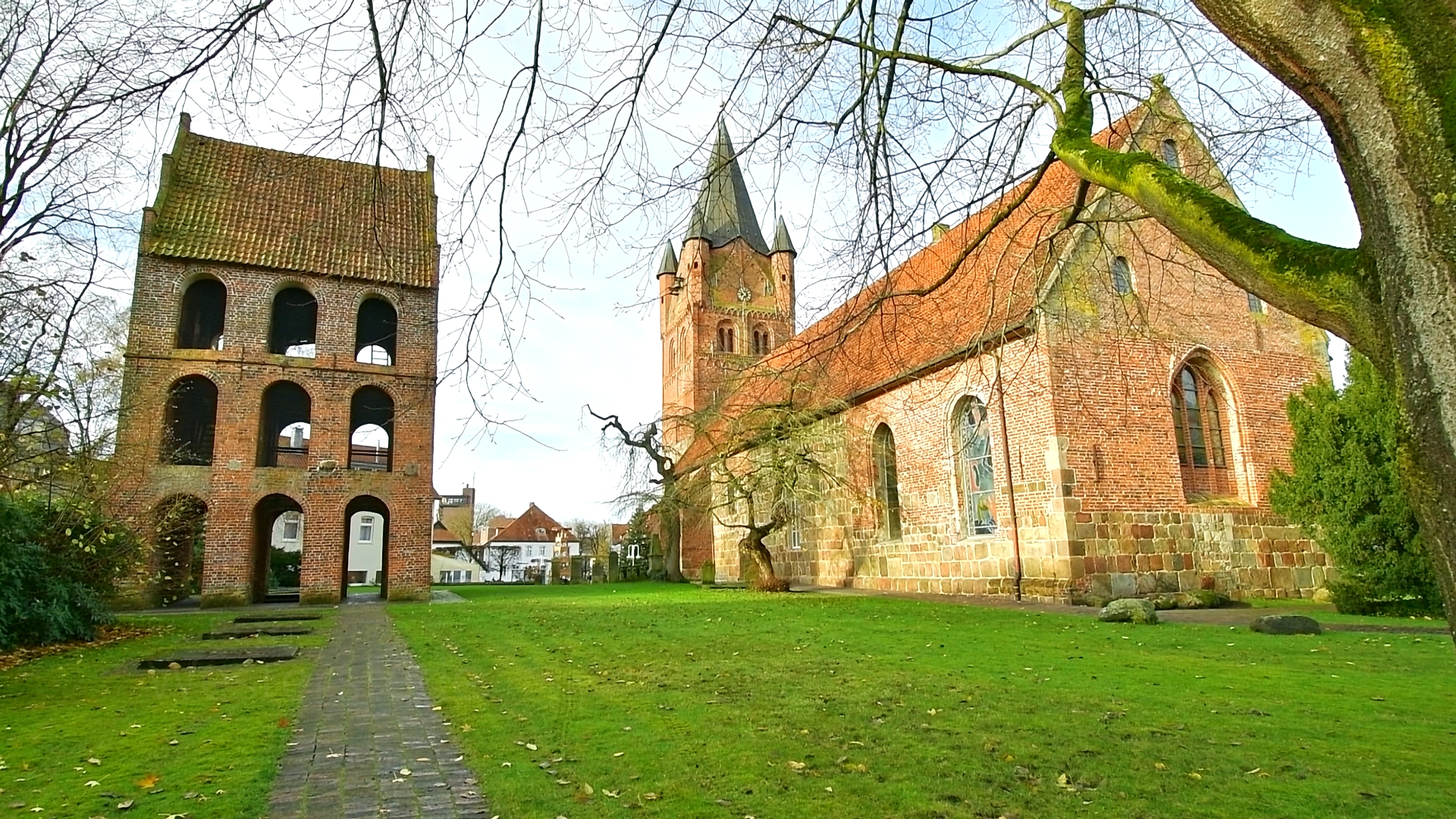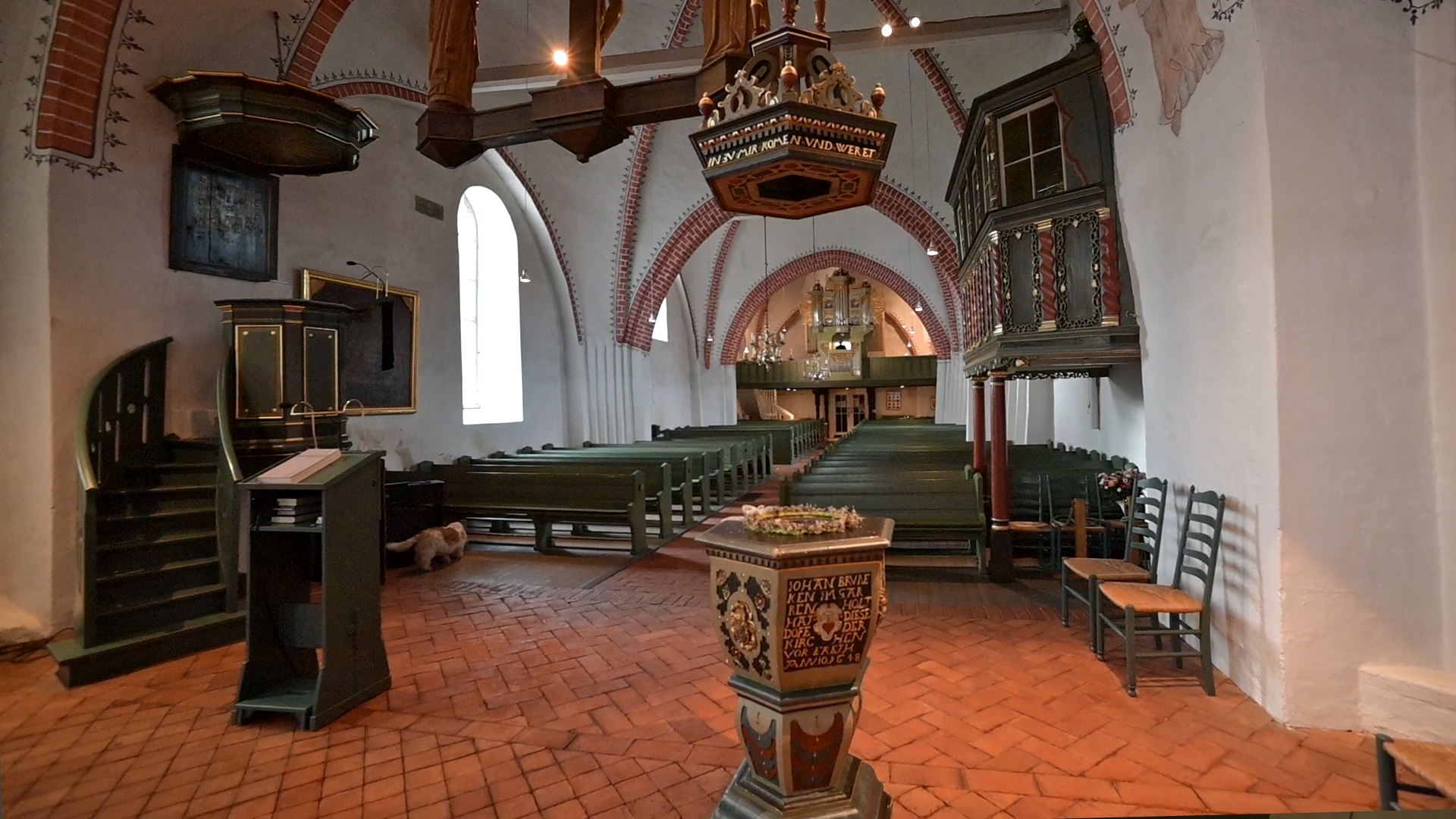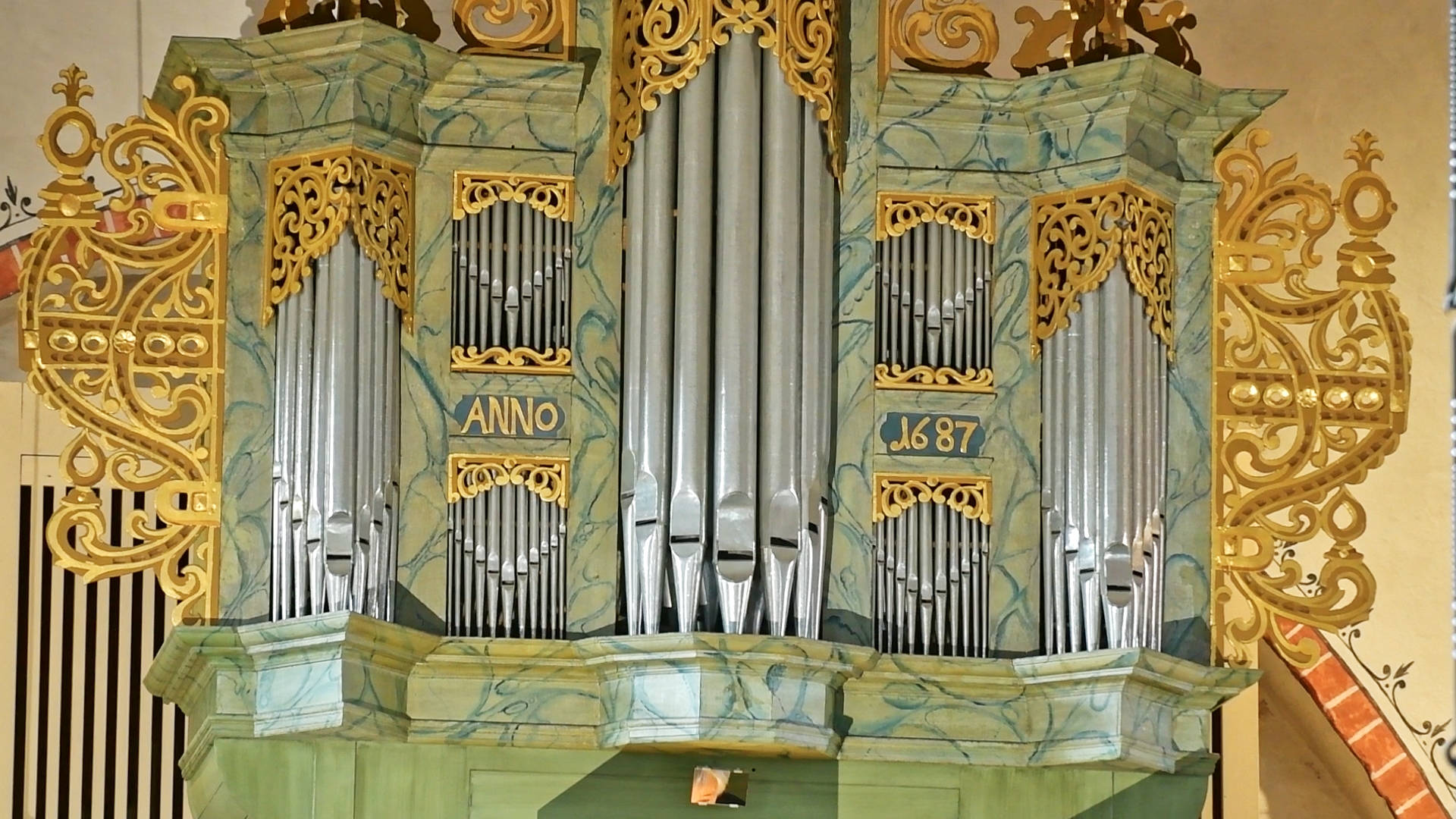Westerstede, St.-Petri-Kirche
| Builder | J. Ahrend |
|---|---|
| Year | 1971 |
| Period/Style | Baroque |
| Stops | 22 |
| Keyboards | 2+P |
| Keyaction | tracker/mechanical |
The St. Petri church in Westerstede, originally established in the 13th century, is notable not only for its architectural evolution from a granite-block church with a west tower to later additions in brick but also for its musical heritage through the series of organs it has housed. The current organ, constructed in 1971 by Ahrend and Brunzema, incorporates the historical main work casing crafted by Joachim Kayser in 1687. This organ represents a culmination of several generations of organ building and modifications, reflecting changes in musical styles and technological advancements over the centuries.
Over the organ’s long history, it has undergone significant transformations. Originally built by Kayser in 1687, the organ included a main work, positive back, and connected pedal. Changes were made by Johann Claussen Schmid in 1864, including the removal of the positive back and the addition of a second manual and an independent pedal work. Further modifications and rebuilds were carried out by various builders, notably Furtwängler & Hammer in 1922, who reused some registers from the previous organ and expanded the original casing. The Ahrend and Brunzema rebuild in 1971 not only respected the historical integrity of the previous structures but also added modern mechanical enhancements, thus preserving the organ's historical significance while ensuring its functionality for contemporary liturgical and concert use.
Over the organ’s long history, it has undergone significant transformations. Originally built by Kayser in 1687, the organ included a main work, positive back, and connected pedal. Changes were made by Johann Claussen Schmid in 1864, including the removal of the positive back and the addition of a second manual and an independent pedal work. Further modifications and rebuilds were carried out by various builders, notably Furtwängler & Hammer in 1922, who reused some registers from the previous organ and expanded the original casing. The Ahrend and Brunzema rebuild in 1971 not only respected the historical integrity of the previous structures but also added modern mechanical enhancements, thus preserving the organ's historical significance while ensuring its functionality for contemporary liturgical and concert use.
| Rückpositiv | Hauptwerk | Pedal |
|---|---|---|
| Gedackt 8' | Praestant 8' | Subbass 16' |
| Praestant 4' | Rohrflöte 8' | Oktave 8' |
| Rohrflöte 4' | Oktave 4' | Oktave 4' |
| Oktave 2' | Spitzflöte 4' | Flöte 2' |
| Waldflöte 2' | Quinte 2 2/3' | Fagott 16' |
| Sesquialtera 2f | Oktave 2' | Trompete 8' |
| Scharf 2-3f | Mixtur 3-4f | |
| Dulzian 8' | Trompete 8' |
No Video/Audio samples available.
https://nomine.net/orgel/westerstede-st-petri/
 Pipe Organ Map
Pipe Organ Map


